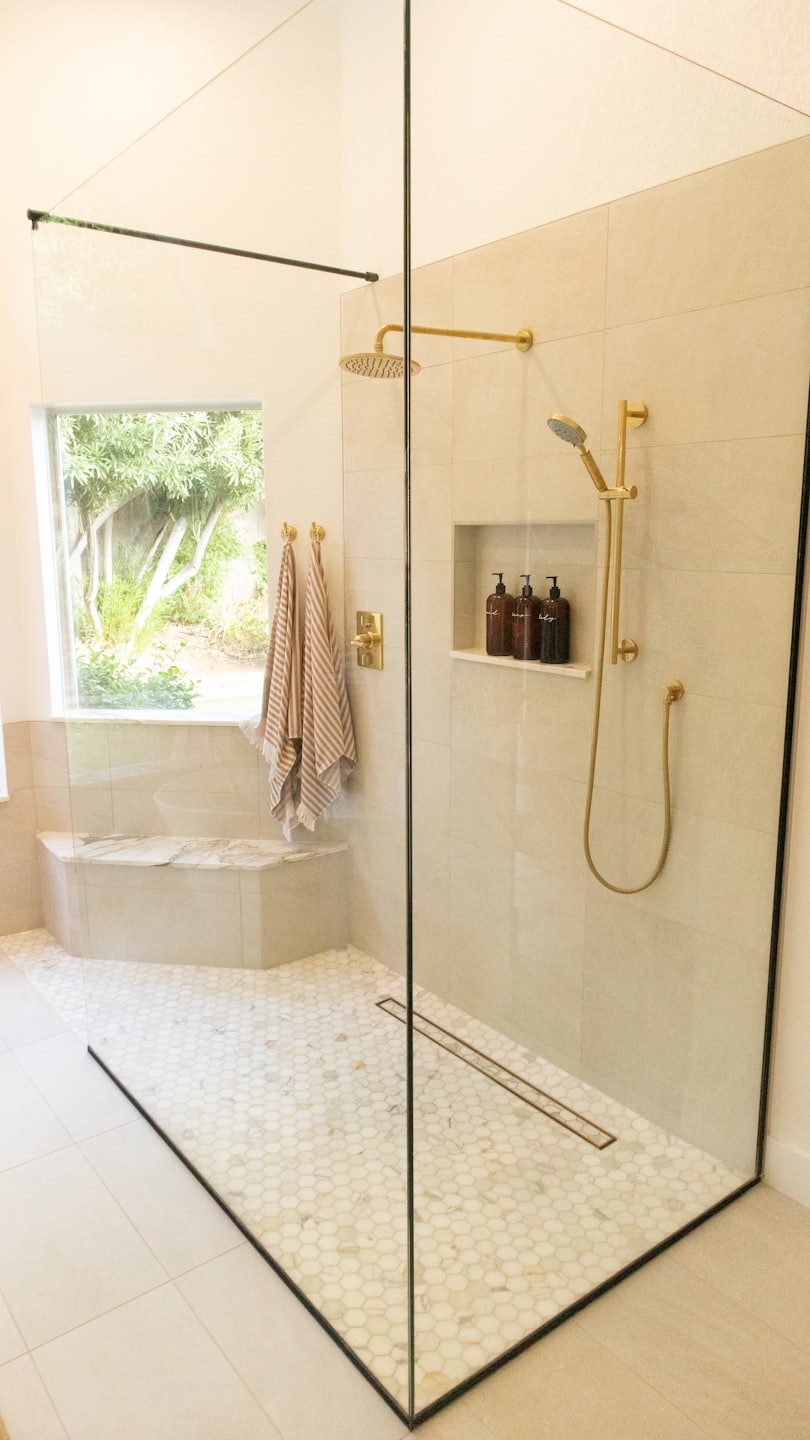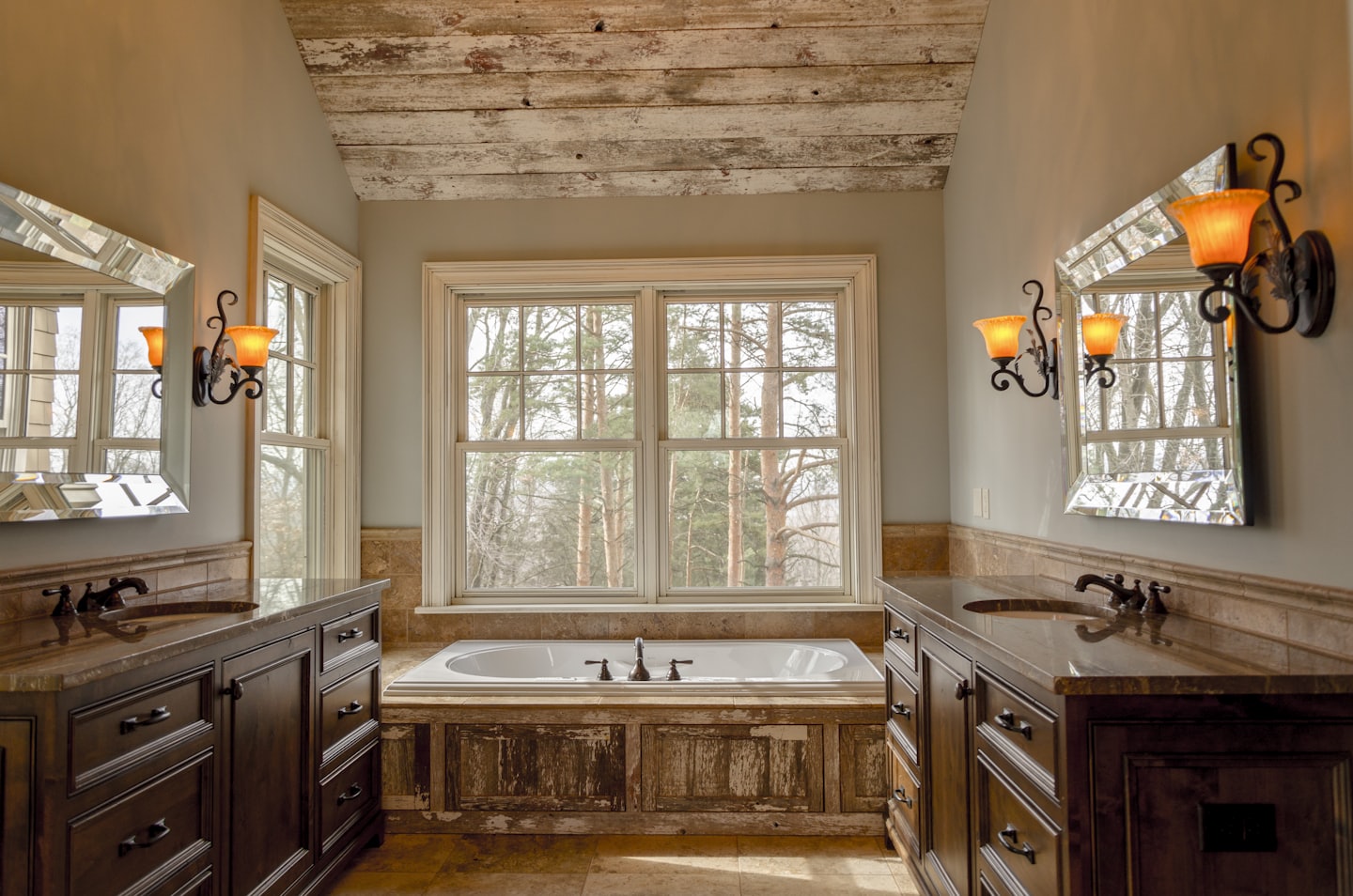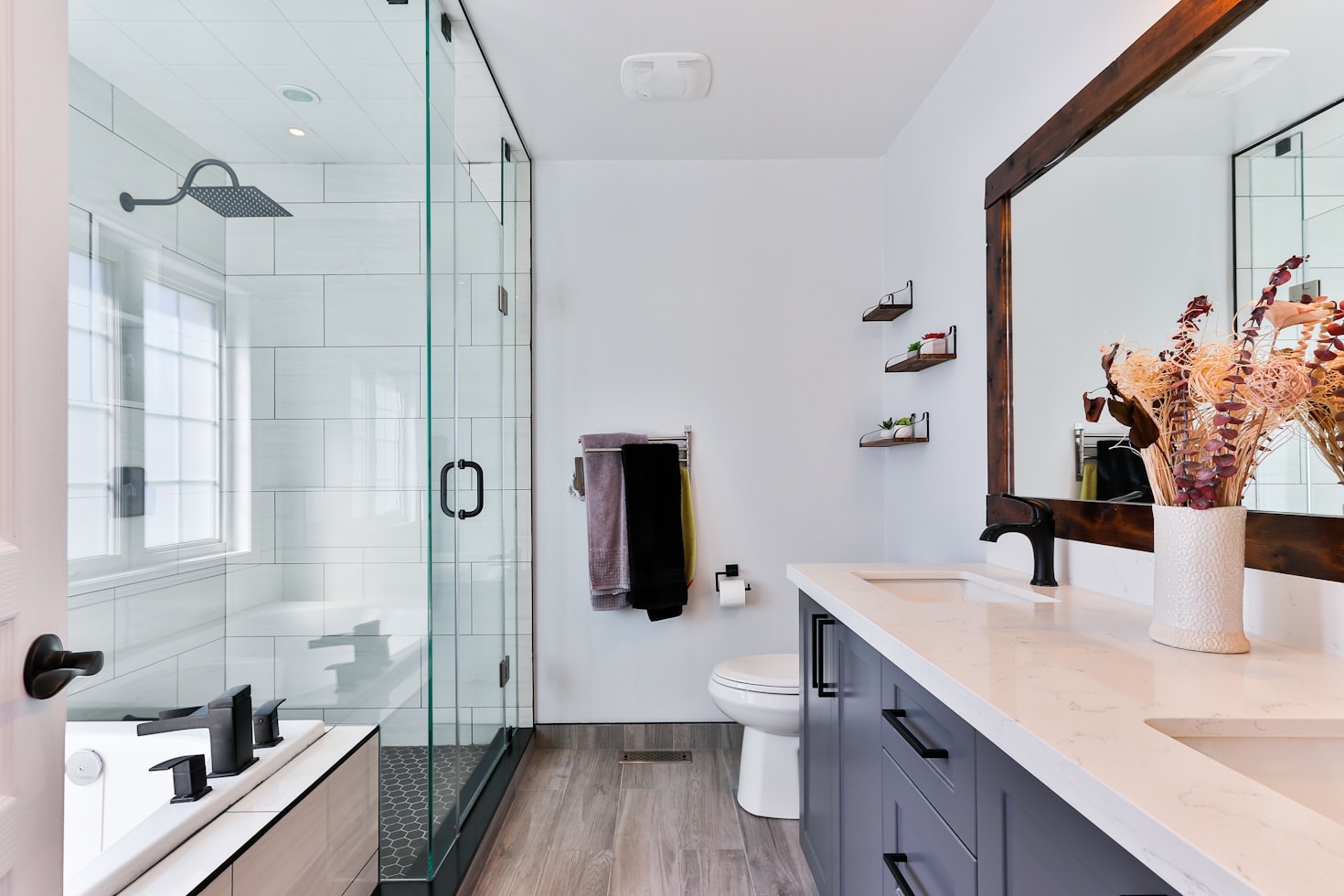Planning and Compliance
Assessment and Design
– Evaluate the existing electrical setup and determine what needs to be upgraded or added.
Plan the placement of fixtures such as lights, exhaust fans, and outlets, ensuring they meet your design and functional needs.
Building Codes and Permits
– Familiarize yourself with local building codes pertaining to bathroom electrical work, which can dictate the type of wiring, placement of outlets, and more.
– Obtain necessary permits before starting any electrical work to ensure compliance and safety.
Installation Considerations
Safety Precautions
– Electricity in the bathroom poses unique safety challenges due to the presence of water. Ground-fault circuit interrupter (GFCI) outlets are required to reduce the risk of electric shock.
– Ensure all fixtures and outlets are designed for bathroom use (i.e., rated for damp or wet conditions).
Wiring
Update or replace old wiring to meet current standards and handle any additional load from new fixtures.
Use wires rated for bathroom use, often with a minimum gauge of 12 for general circuits, or as specified by local code.
Lighting
Install moisture-resistant lighting fixtures. Consider layered lighting, including task lighting near mirrors, ambient lighting, and possibly accent lighting for decorative features.
Outlets and Switches
Install GFCI outlets within reach of the sink and ensure they are placed according to code (usually at least one outlet within a certain distance of the sink).
Consider smart switches or motion sensors for improved energy efficiency and convenience.
Exhaust Fan
– If installing or upgrading an exhaust fan, choose one with an appropriate CFM (cubic feet per minute) rating for room size and ensure it’s properly vented to the outside.
Heating Elements
– If adding electric underfloor heating or other heating elements, ensure it’s installed according to manufacturer specifications and local regulations.
Hiring Professionals
Consider hiring a licensed electrician to perform the work. They have the expertise to ensure everything is installed safely and up to code.
Inspection and Testing
Once installation is complete, the work should be inspected by a qualified professional to ensure everything complies with local regulations and is functioning safely.
Post-Installation
Documentation
– Keep detailed records of the work performed, including wiring diagrams, permits obtained, and any inspections.
Maintenance
– Regularly test GFCI outlets and inspect fixtures for any signs of wear or damage. Replace as needed to maintain safety.
By following these steps and considerations, you can ensure that the electrical work in your bathroom renovation is safe, functional, and up to code.




Leave a Reply